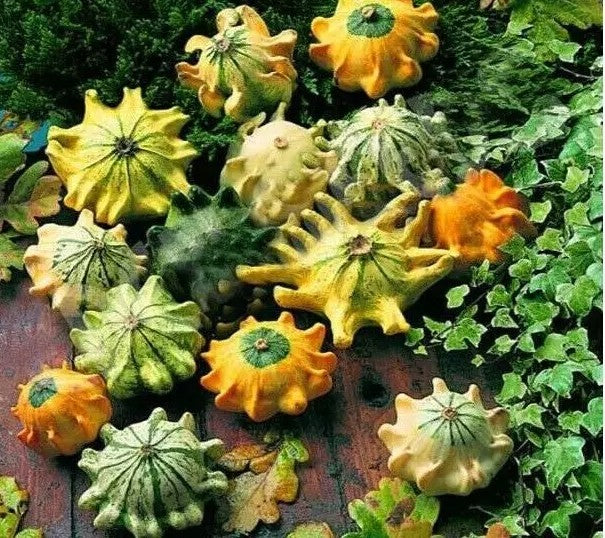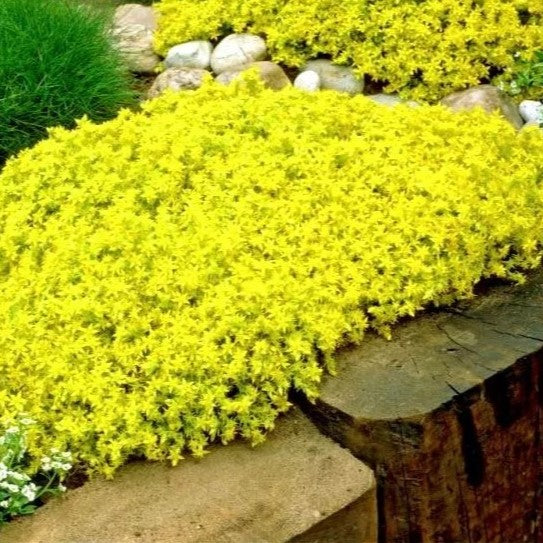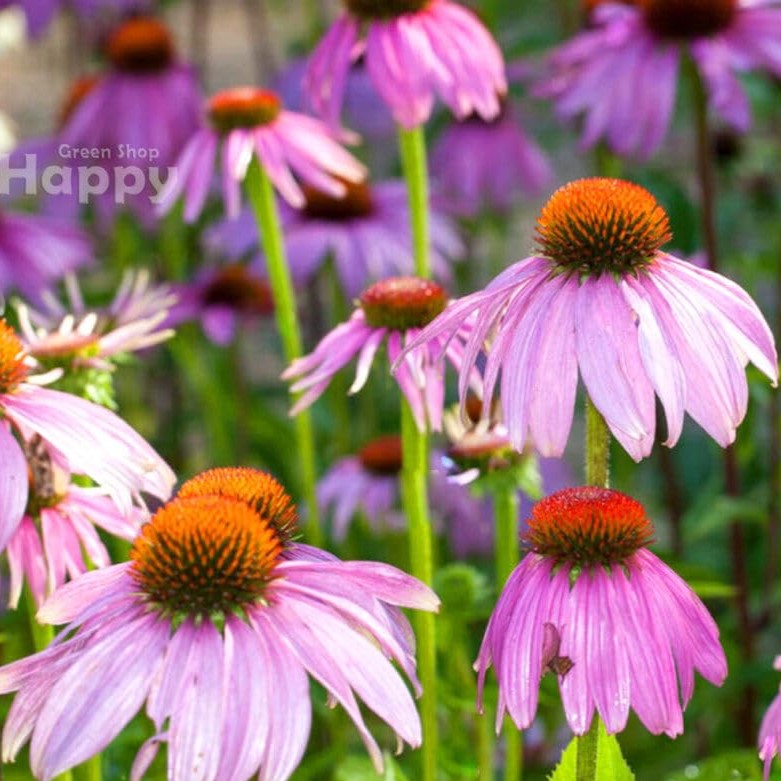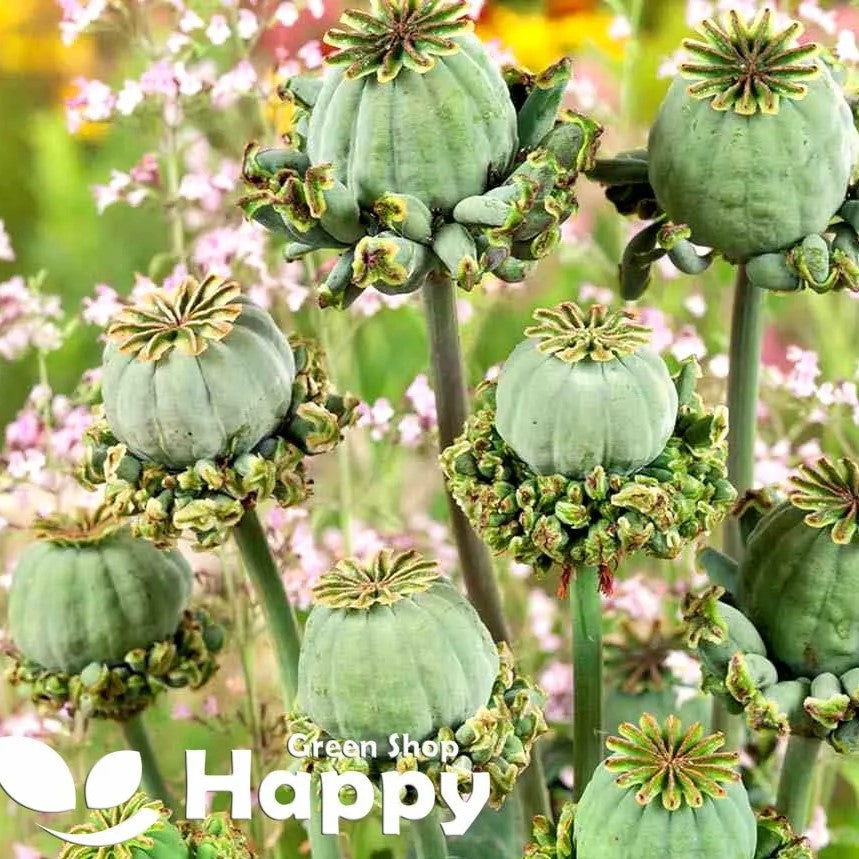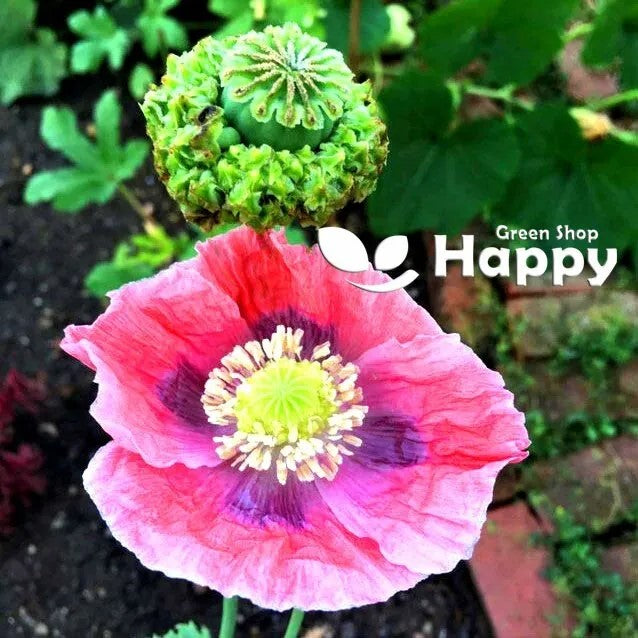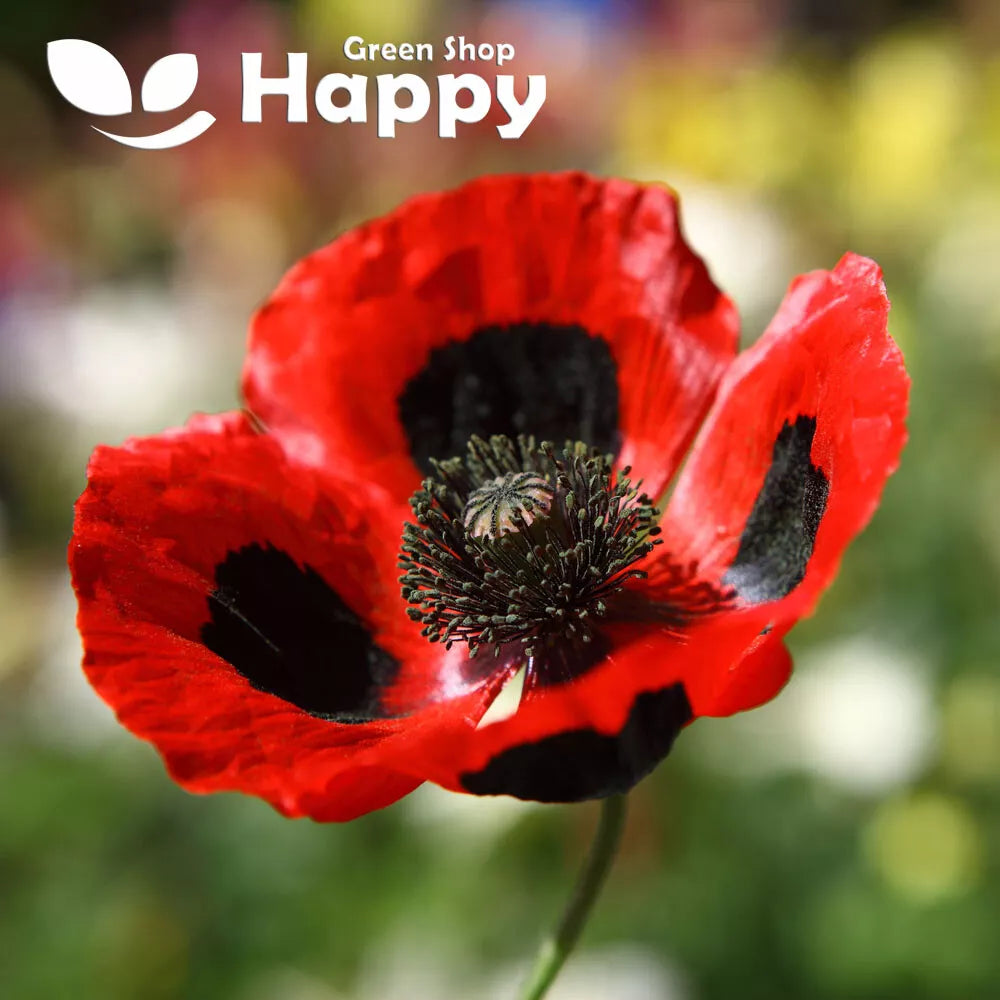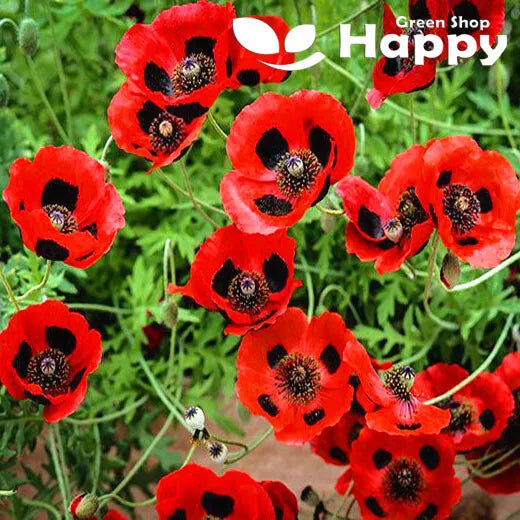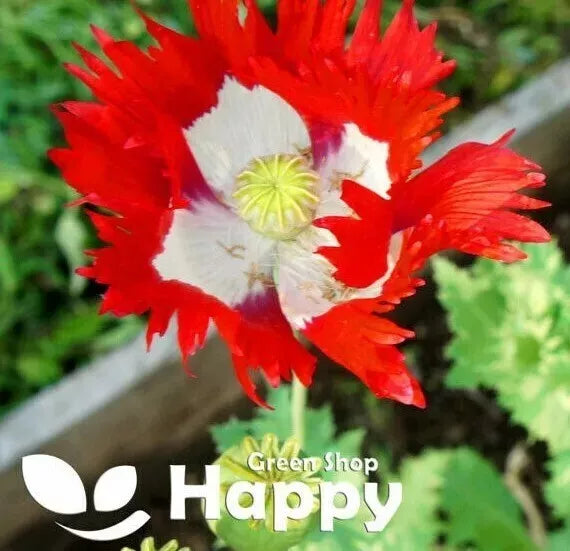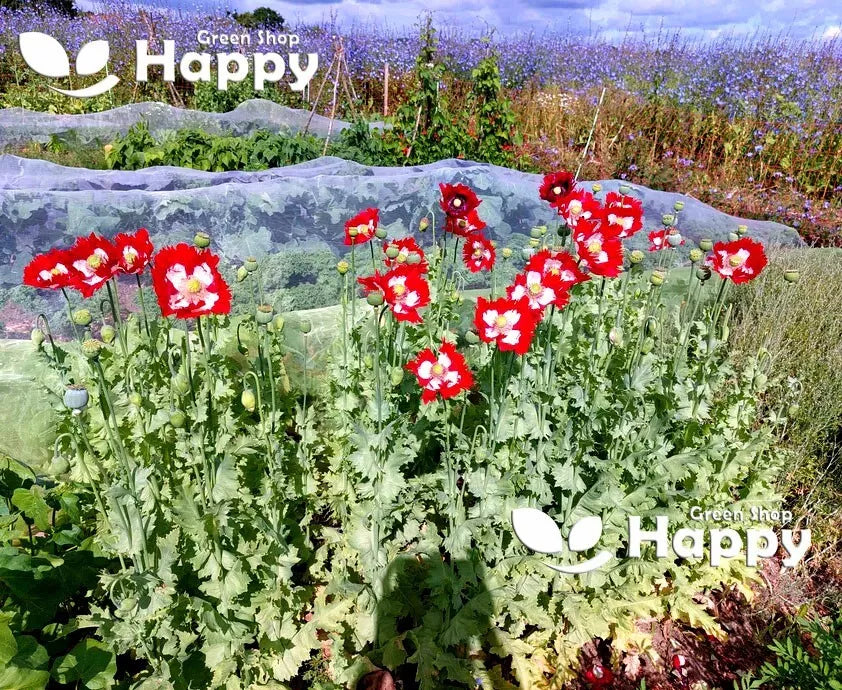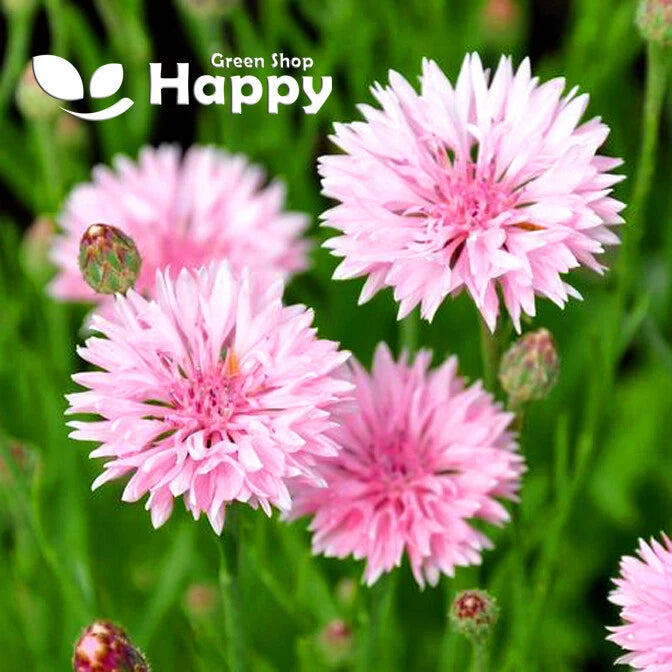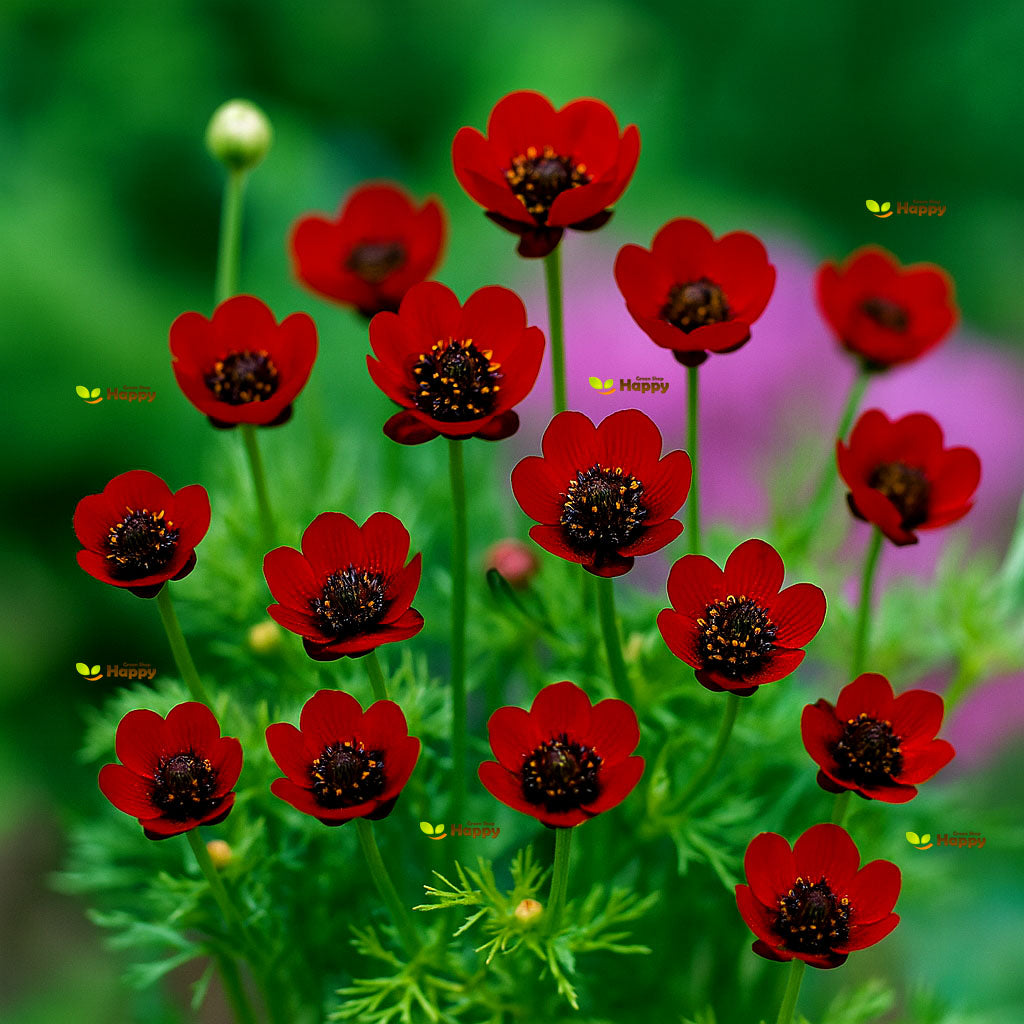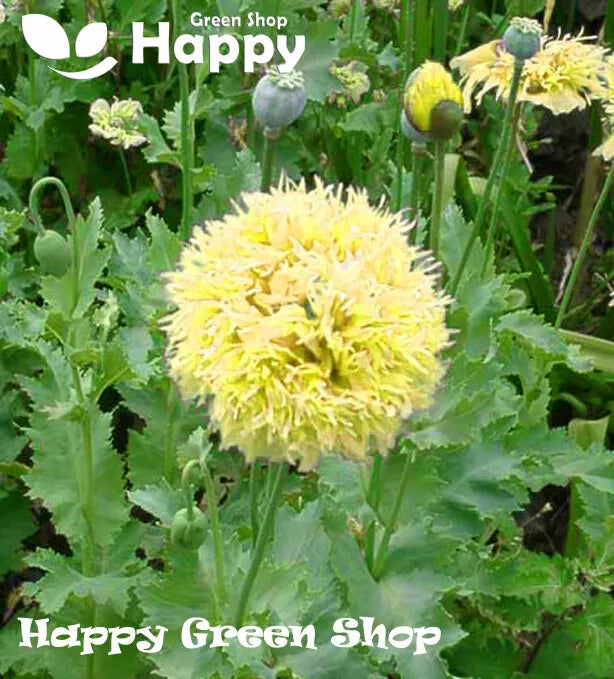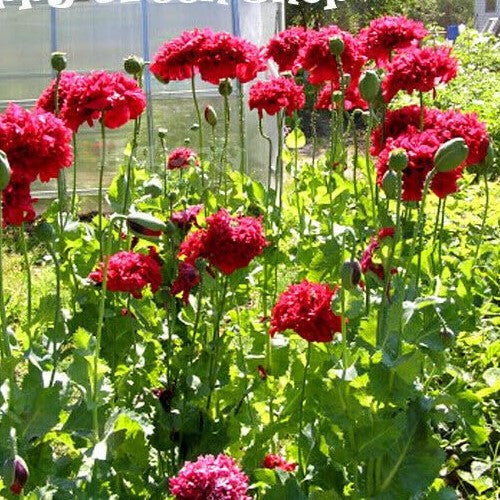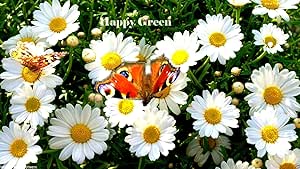Sort by:
121 products
121 products
Purple Coneflower 'Starlight' – Seeds
(Echinacea purpurea)
Purple Coneflower 'Starlight' is a hardy perennial known for its striking lavender-purple petals surrounding a prominent orange-brown central cone. Its long-lasting blooms attract pollinators like bees and butterflies, while its robust, upright growth makes it a standout in borders, wildflower meadows, and perennial gardens. This variety is low-maintenance and drought-tolerant, perfect for sustainable planting.
Key Features
-
Type: Perennial
-
Height: 60–90 cm
-
Spread: 40–50 cm
-
Flowering: July–September
-
Position: Full sun to partial shade
-
Soil: Well-drained, moderately fertile
Ideal For
-
Perennial borders and cottage gardens
-
Pollinator-friendly planting
-
Cut flower arrangements
-
Naturalized or meadow-style gardens
Sowing & Growing
-
Sow indoors: February–April at 18–22°C
-
Sow outdoors: April–May, directly in soil
-
Germination: 14–21 days
-
Thin seedlings to 40–50 cm apart
-
Mulch and water moderately; low-maintenance once established
Poppy Hen & Chickens Seeds (Papaver somniferum)
Add a splash of vibrant color and delicate charm to your garden with Poppy Hen & Chickens. This classic poppy variety produces clusters of large, bright red blooms with dark centers, creating a stunning visual display. Easy to grow and low-maintenance, it’s perfect for borders, beds, and wildflower-style gardens.
Why Grow "Hen & Chickens"
-
Striking clusters of bright red flowers with dark centers
-
Easy to grow and low-maintenance
-
Long-lasting blooms for summer color
-
Adds natural charm to borders, beds, and cottage gardens
Key Features
-
Type: Annual (Papaver somniferum)
-
Height: 45–60 cm
-
Flowering: Late spring to early summer
-
Position: Full sun
-
Uses: Borders, beds, wildflower gardens, cut flowers
Sowing & Growing
-
Sow indoors: 6–8 weeks before the last frost
-
Sow outdoors: After frost danger has passed
-
Germination: 10–14 days
-
Space seedlings: 20–30 cm apart
-
Prefers full sun and well-drained soil
Poppy 'Ladybird' – 3000 Seeds (Papaver commutatum)
Add drama and charm to your garden with Poppy 'Ladybird'. This eye-catching variety produces vivid scarlet-red blooms each marked with a bold black blotch at the base of every petal, reminiscent of a ladybird’s spots. Compact and easy to grow, it creates a striking display in beds, borders, and wildflower plantings.
Why Grow 'Ladybird'
-
Striking scarlet-red flowers with black blotches
-
Compact and easy to grow
-
Long flowering season
-
Attracts bees and pollinators
Key Features
-
Type: Hardy annual (Papaver commutatum)
-
Height: 30–45 cm
-
Flowering: June–August
-
Position: Full sun
-
Uses: Borders, wildflower meadows, pollinator gardens
Ideal For
-
Cottage and wildflower gardens
-
Adding bold splashes of color
-
Naturalizing in meadows or borders
-
Wildlife-friendly plantings
Sowing & Growing
-
Sow outdoors: March–May or September–October
-
Sow thinly in prepared soil, cover lightly
-
Germination: 10–20 days
-
Thin seedlings to 15–20 cm apart
-
Prefers poor, well-drained soil in full sun
Poppy ‘Danish Flag’ – Seeds (Papaver somniferum)
Poppy ‘Danish Flag’ (Papaver somniferum) is a bold and eye-catching annual variety, producing large scarlet-red blooms with crisp white crosses that resemble the Danish flag. These dramatic flowers make a real statement in borders, cottage gardens, and wildflower meadows, flowering freely through summer. Easy to grow and self-seeding, they return year after year with minimal effort. Perfect for pollinator-friendly planting, they also add a unique touch to cut flower arrangements.
Why Grow "Danish Flag"
-
Striking red-and-white blooms resembling the Danish flag
-
Long flowering through summer
-
Easy to grow and self-seeding
-
Attracts bees and pollinators
Key Features
-
Type: Hardy annual (Papaver somniferum)
-
Height: 60–90 cm
-
Flowering: Summer
-
Position: Full sun
-
Uses: Borders, cottage gardens, meadows, cut flowers
Ideal For
-
Bold summer garden displays
-
Naturalistic or wildflower-style planting
-
Pollinator-friendly gardens
-
Adding dramatic blooms to floral arrangements
Sowing & Growing
-
Sow outdoors: March–May or September for earlier blooms
-
Germination: 10–20 days
-
Thin seedlings: 20–25 cm apart
-
Prefers well-drained soil in full sun
-
Self-seeds easily for naturalized displays
Pink Cornflower 'Tom Pouce Pink' – Seeds
(Centaurea cyanus)
Pink Cornflower 'Tom Pouce Pink' is a charming twist on the classic wildflower, offering soft pink, frilly blooms that brighten any garden. Easy to grow and rich in nectar, this variety attracts bees, butterflies, and other pollinators while providing long-lasting cut flowers with a delicate cottage garden appeal.
Why Grow Pink Cornflower 'Tom Pouce Pink'?
-
Rare, pastel-pink form of the traditional cornflower
-
Pollinator-friendly & easy to grow
-
Excellent as cut flowers or for naturalizing
-
Hardy and adaptable in a range of soils
Key Features
-
Type: Hardy annual
-
Height: 60–80 cm
-
Blooms: June–September
-
Position: Full sun
-
Soil: Light, well-drained soil
Ideal For
-
Wildflower & pollinator gardens
-
Cottage-style plantings
-
Borders & meadows
-
Fresh cut flower arrangements
Sowing & Growing
-
Sow outdoors: March–May or August–September for earlier blooms next year
-
Sow directly into prepared soil, covering lightly
-
Thin seedlings to 15–20 cm apart
-
Germination: 7–14 days
-
Deadhead regularly to encourage more flowers
Pheasant’s Eye – Seeds (Adonis aestivalis)
Pheasant’s Eye (Adonis aestivalis) is a charming annual known for its bright red, poppy-like flowers with golden centers. Blooming in late spring to early summer, it adds a striking splash of color to borders, rockeries, and wildflower gardens. Easy to grow and low-maintenance, this variety attracts bees and butterflies, bringing both beauty and wildlife interest to your garden.
Why Grow "Pheasant’s Eye"
-
Bright red flowers with golden centers
-
Long flowering period from late spring to early summer
-
Attracts pollinators like bees and butterflies
-
Ideal for borders, rockeries, and wildflower gardens
Key Features
-
Type: Annual (Adonis aestivalis)
-
Height: 30–40 cm
-
Flowering: Late spring to early summer
-
Position: Full sun
-
Uses: Borders, rockeries, wildflower gardens, pollinator-friendly areas
Ideal For
-
Adding vibrant color to borders and beds
-
Wildflower and cottage garden designs
-
Pollinator-friendly garden planting
-
Gardeners seeking low-maintenance, long-flowering annuals
Sowing & Growing
-
Sow indoors: 6–8 weeks before last frost
-
Sow outdoors: Directly in soil after frost danger has passed
-
Germination: 10–14 days
-
Space seedlings: 20–25 cm apart
-
Prefers well-drained soil and full sun
Peony Poppy Yellow – Seeds
(Papaver paeoniflorum)
The Peony Poppy Yellow is a striking annual poppy variety that produces large, double blooms resembling peonies. Its bright, ruffled yellow petals bring a cheerful glow to borders, beds, and cottage gardens. Easy to grow and self-seeding, these stunning flowers make an excellent focal point and are equally beautiful in cut flower arrangements.
Why Grow Peony Poppy Yellow?
-
Large, peony-like double blooms in sunny yellow
-
Easy to grow from seed with minimal care
-
Excellent for borders, beds, and cutting gardens
-
Attracts pollinators and reseeds for naturalizing
Key Features
-
Type: Hardy annual
-
Height: 80–100 cm
-
Flowers: Summer
-
Position: Full sun
-
Soil: Well-drained, moderately fertile
Ideal For
-
Cottage and wildflower gardens
-
Cut flower displays
-
Pollinator-friendly gardens
-
Naturalized planting schemes
Sowing & Growing
-
Sow outdoors: March–May or September–October directly where they are to flower
-
Lightly cover seeds with soil, keep moist
-
Germination: 14–21 days
-
Thin seedlings to 20–30 cm apart
-
Care: Deadhead for continuous blooms or allow to self-seed for natural regrowth
Peony Poppy Red – Seeds
(Papaver paeoniflorum)
The Peony Poppy Red is a breathtaking annual with huge, fully double, peony-like blooms in a deep, velvety crimson red. Its lush, ruffled petals make it one of the most dramatic poppies, creating a bold focal point in borders, cottage gardens, or wildflower meadows. These flowers are not only striking in the garden but also make excellent cut flowers, adding rich color to summer bouquets.
Why Grow Peony Poppy Red?
-
Stunning double flowers resembling peonies
-
Intense, velvety red blooms for dramatic displays
-
Easy to grow and self-seeding
-
Attracts bees and butterflies
Key Features
-
Type: Hardy annual
-
Height: 80–100 cm
-
Flowers: Summer
-
Position: Full sun
-
Soil: Light, well-drained
Ideal For
-
Cottage and wildflower gardens
-
Bold color accents in borders
-
Cut flower arrangements
-
Pollinator-friendly spaces
Sowing & Growing
-
Sow outdoors: March–May or late August–October directly where plants are to flower
-
Scatter thinly over prepared soil, lightly cover, and water gently
-
Germination: 14–21 days
-
Thin seedlings to 20–30 cm apart
-
Care: Deadhead to prolong flowering or leave seed heads for natural reseeding
Ox-eye Daisy 'White Breeze' Seeds (Chrysanthemum leucanthemum)
Ox-eye Daisy ‘White Breeze’ is a cheerful perennial with classic white petals and golden-yellow centers. Blooming from early summer, its upright habit and bright flowers bring a natural meadow look to gardens. Easy to grow and pollinator-friendly, it’s perfect for wildflower plantings, borders, and naturalized areas.
What Makes It Special
-
Classic white blooms with sunny yellow centers
-
Long-lasting flowers loved by pollinators
-
Hardy and reliable in a wide range of soils
Key Features
-
Botanical name: Chrysanthemum leucanthemum
-
Hardy perennial
-
Height: 40–60 cm
-
Bloom time: Early to late summer
Ideal For
-
Wildflower meadows and naturalized areas
-
Cottage gardens and borders
-
Pollinator and wildlife gardens
Sowing
-
Sow indoors Feb–Apr or outdoors Apr–Jun
-
Lightly cover seeds with soil
-
Germination: 14–21 days at 18–22°C
-
Space 30–40 cm apart
-
Flowers from the second year onward
Showing 36/121



